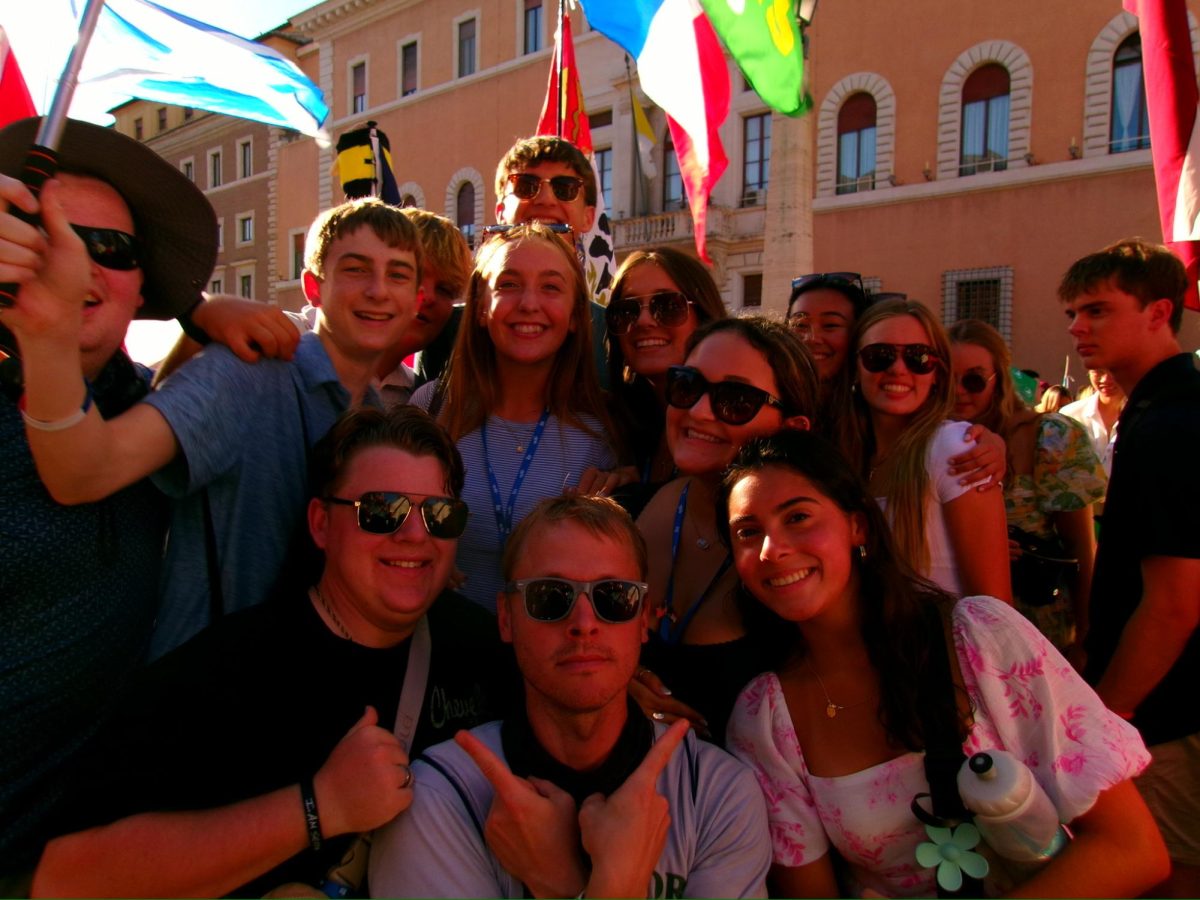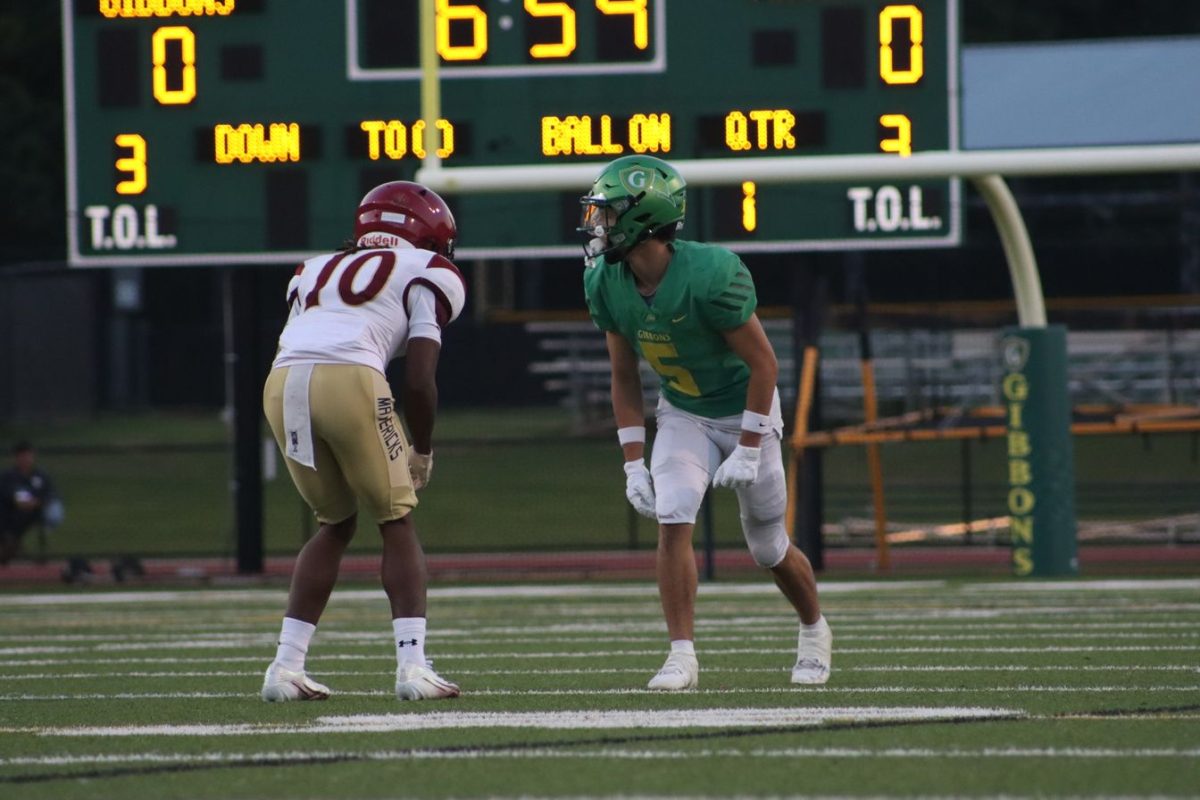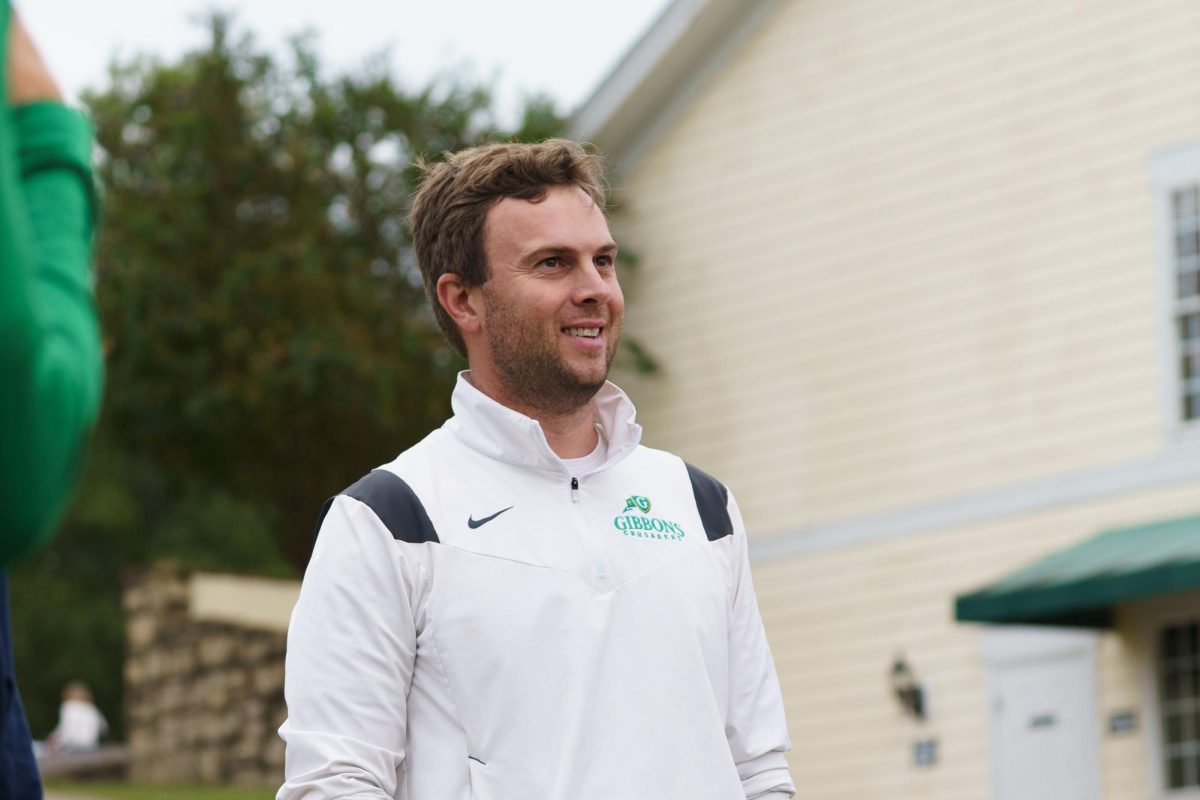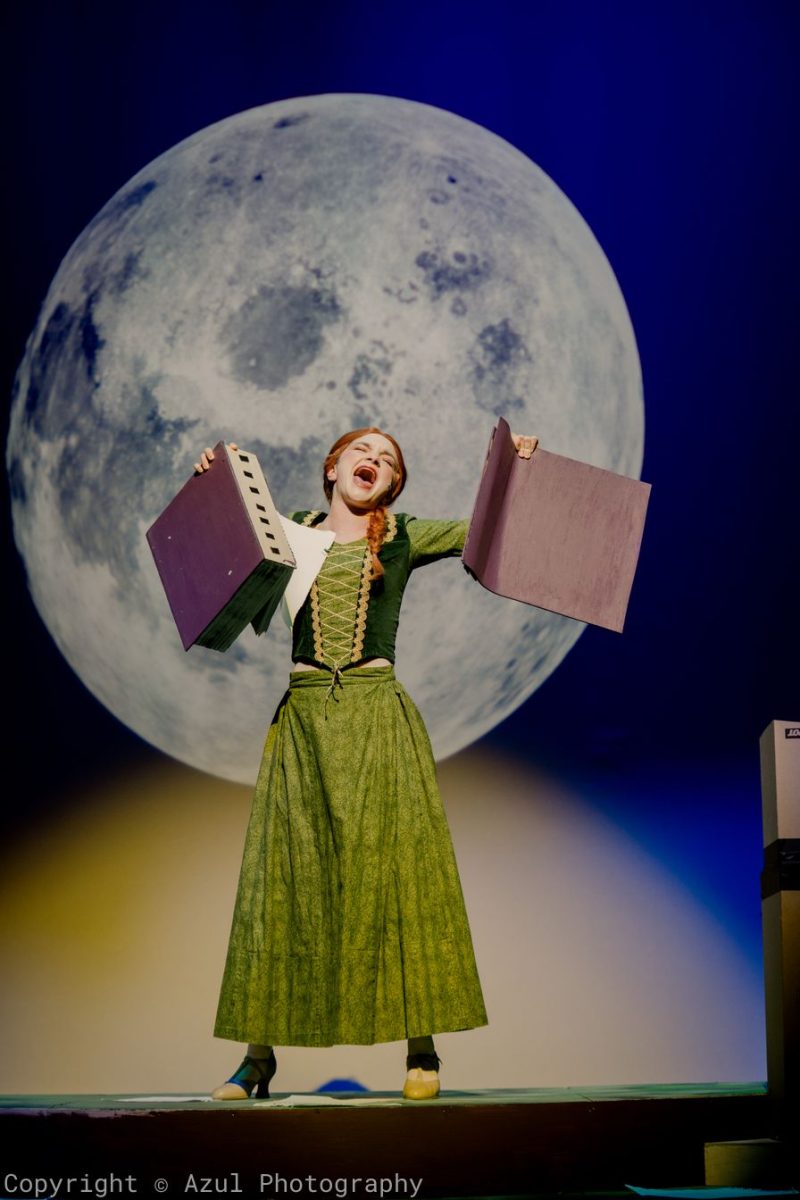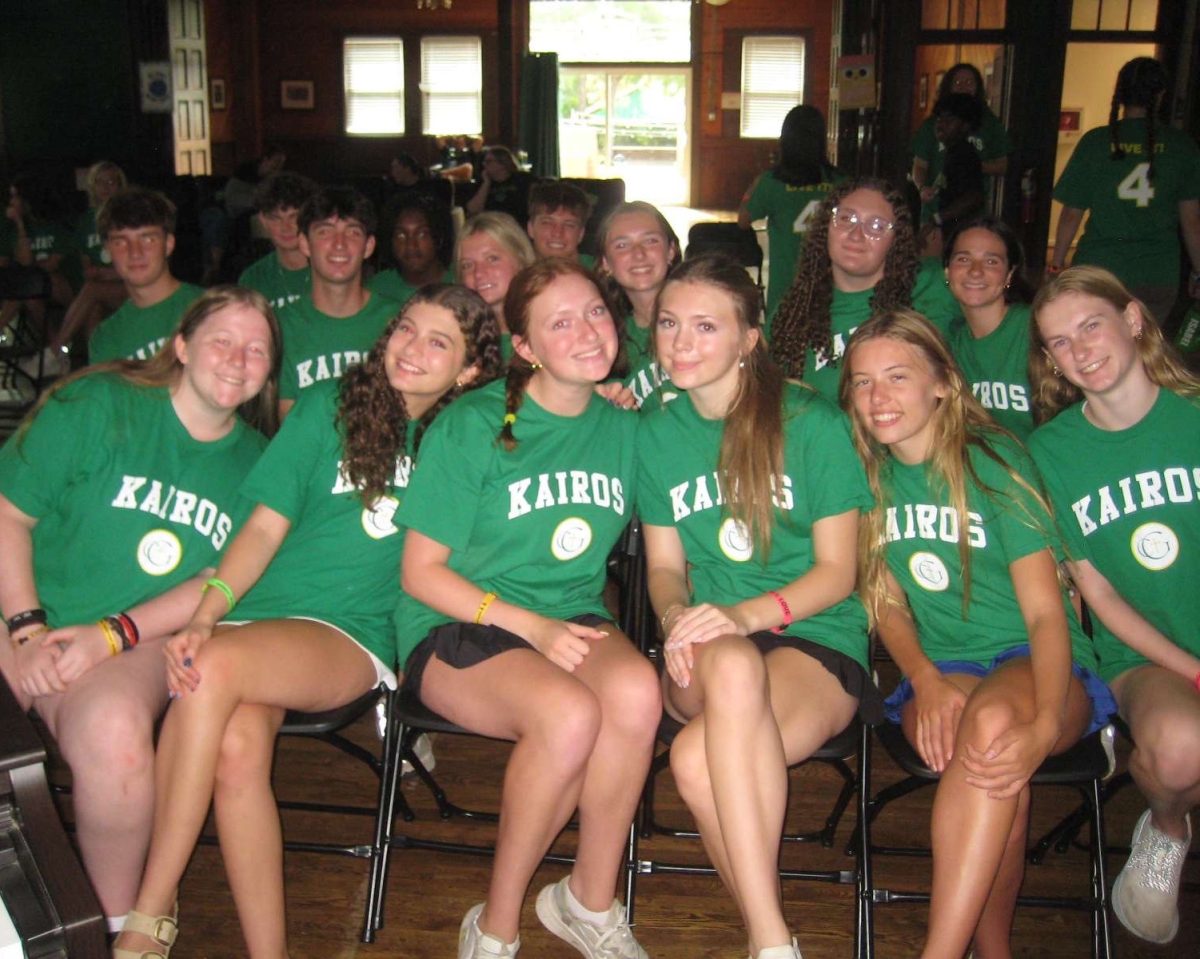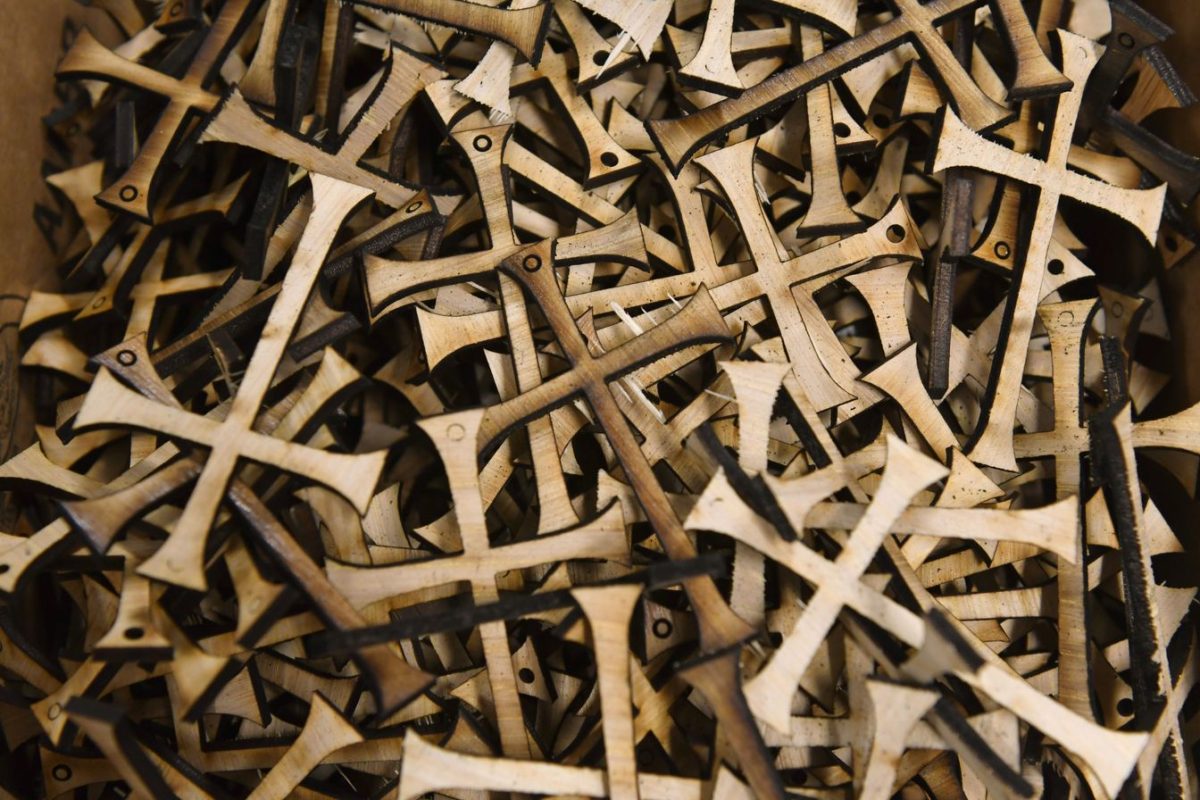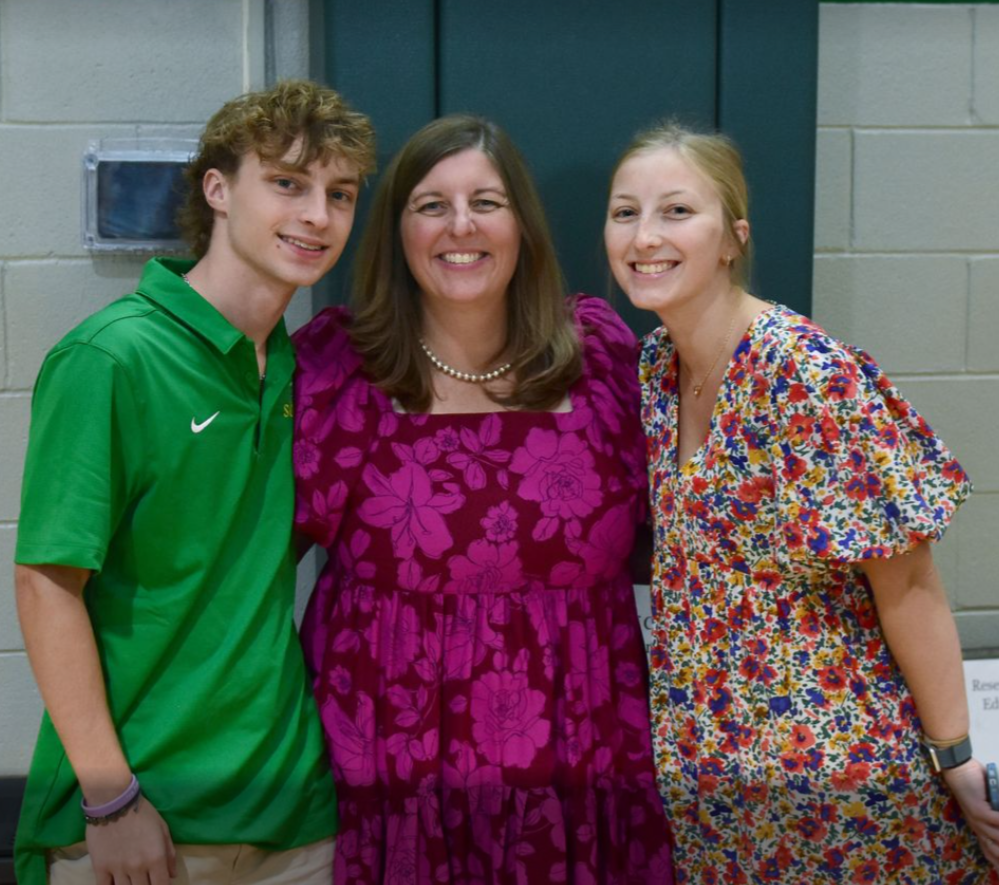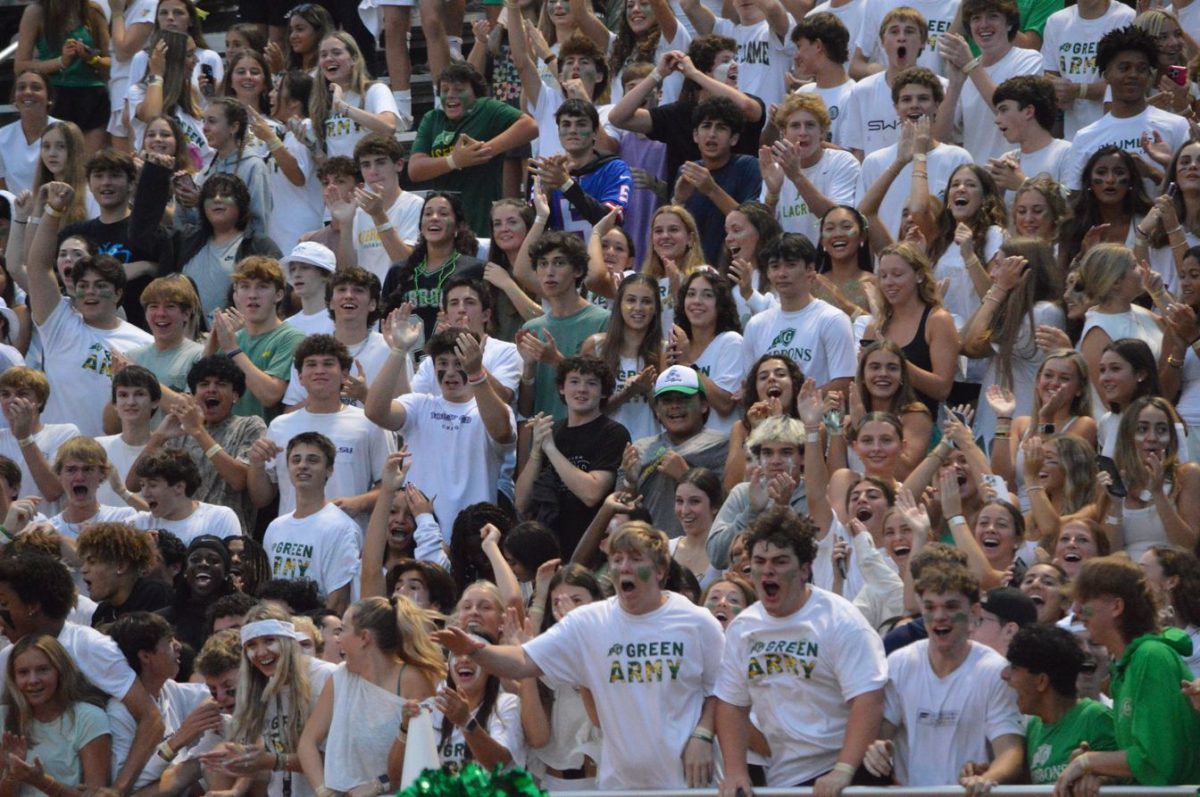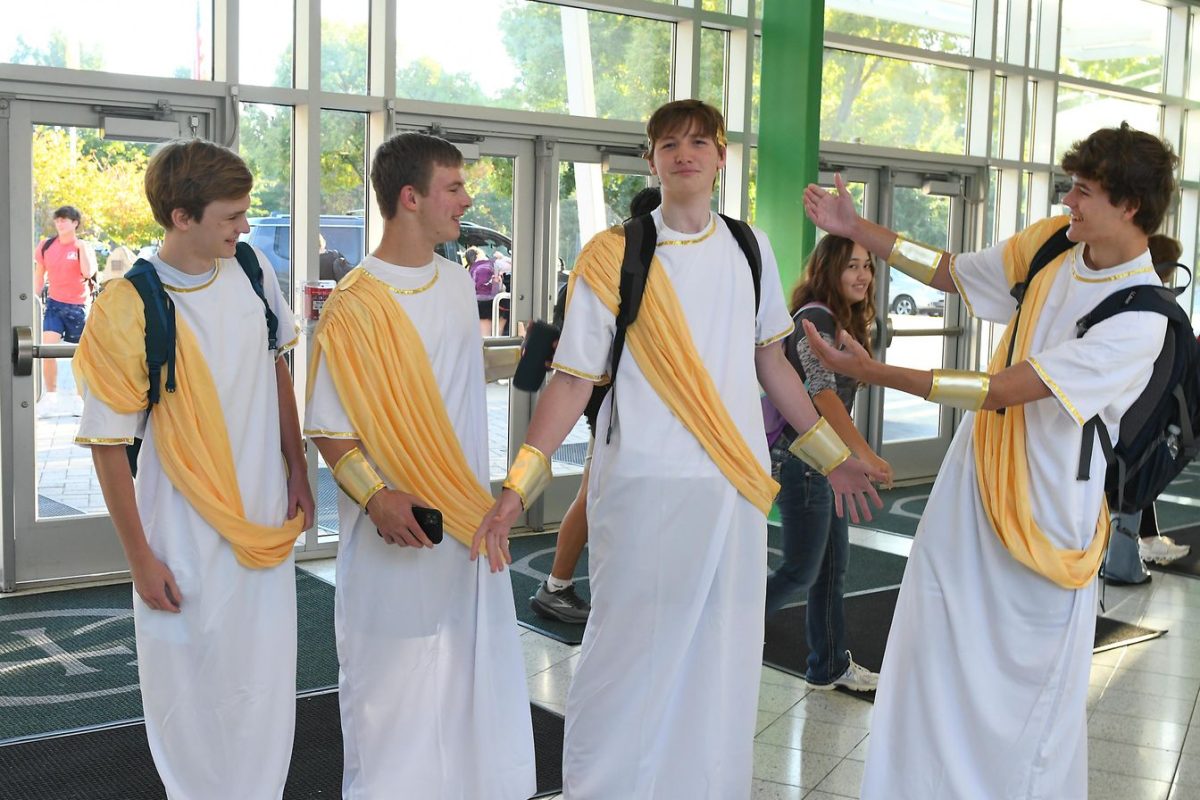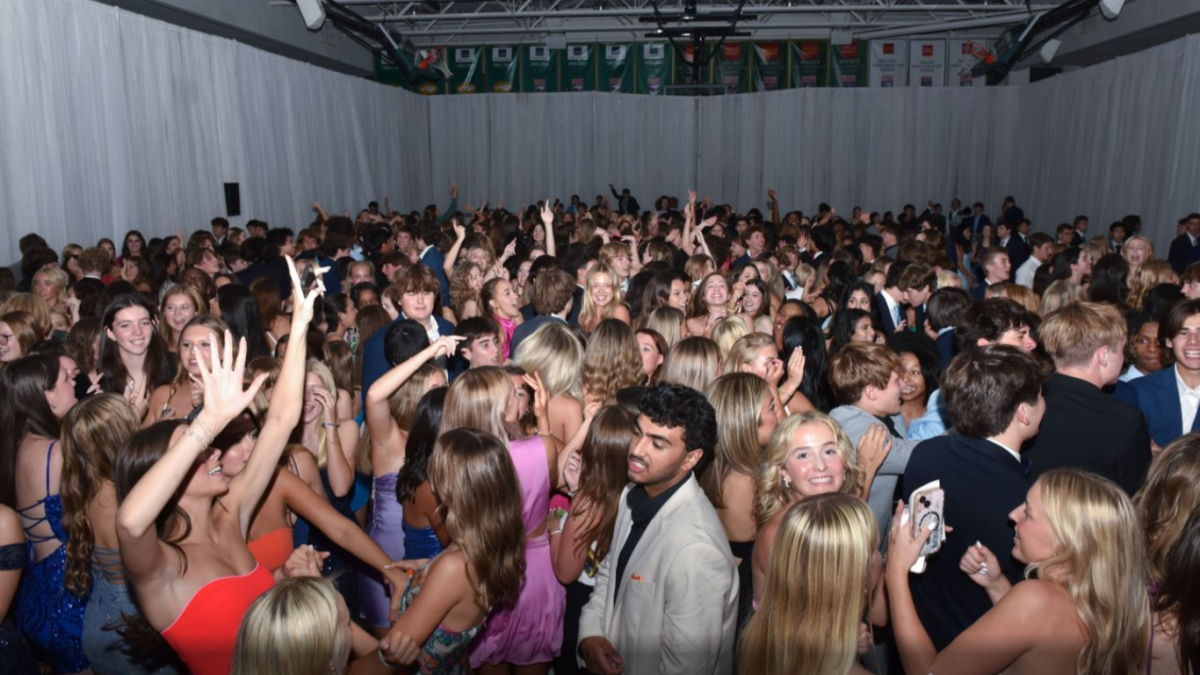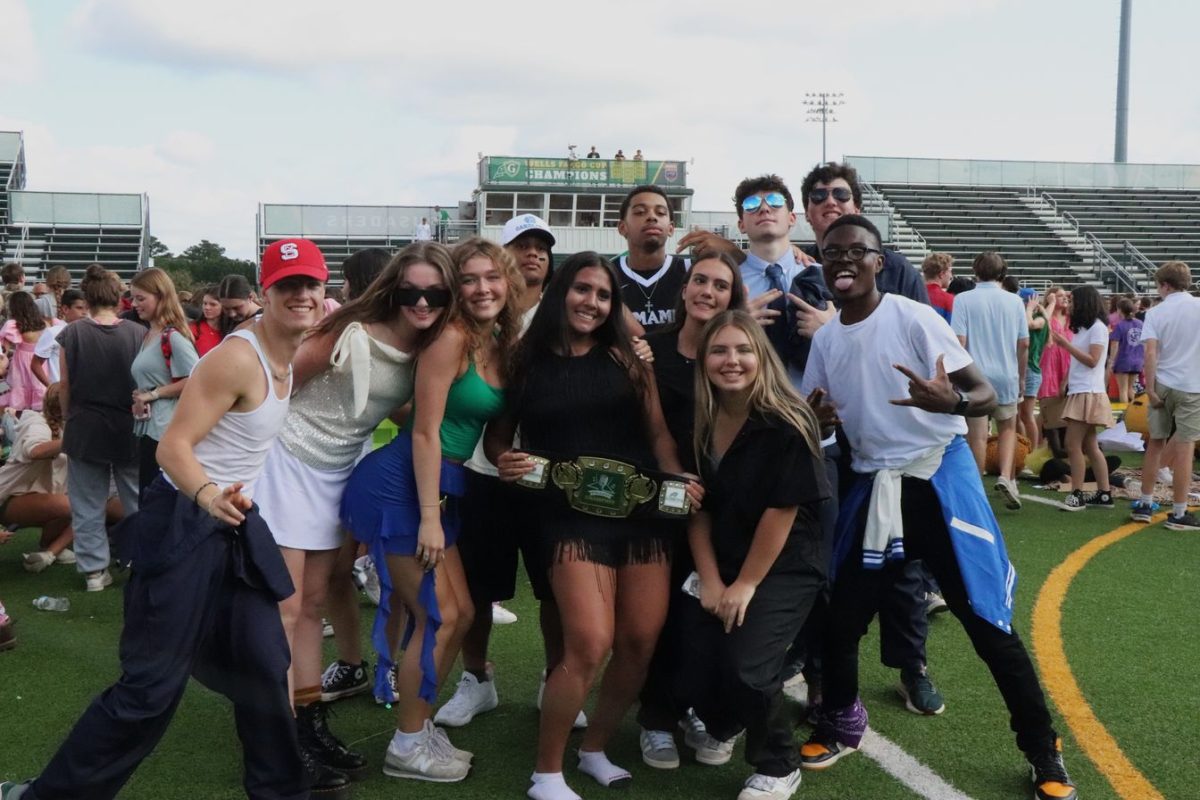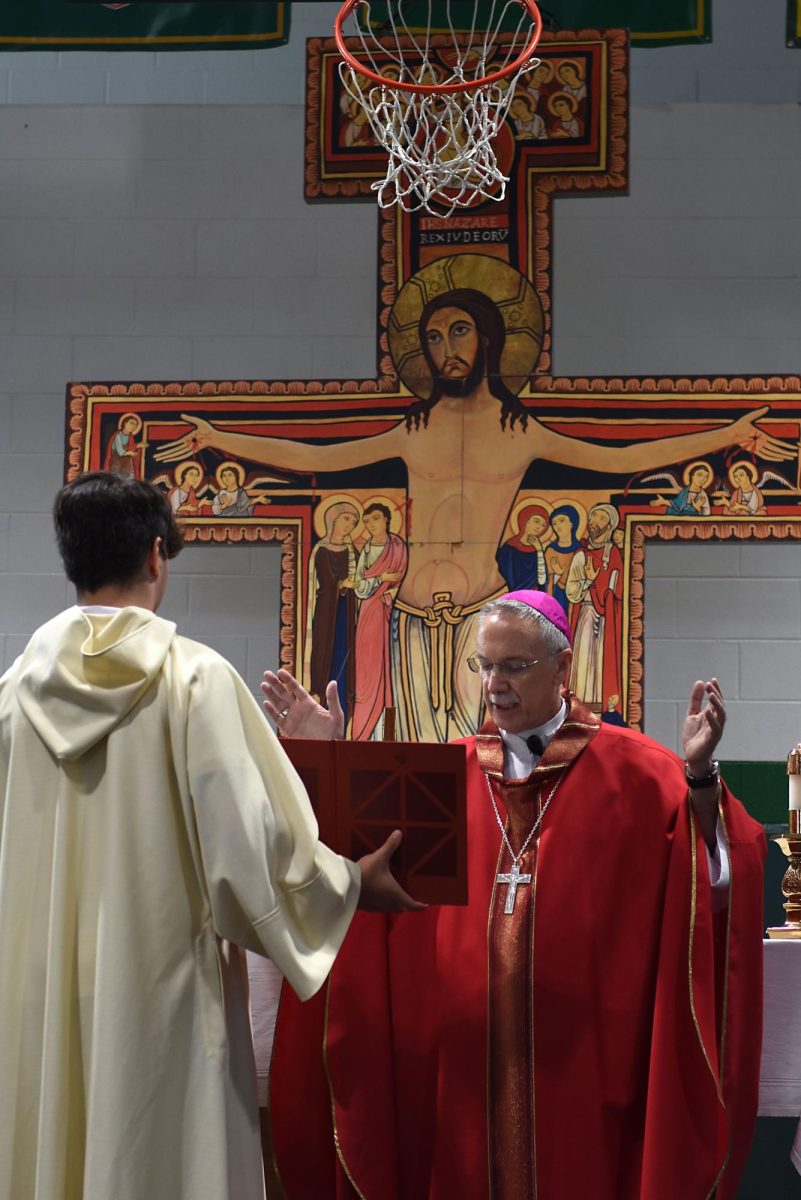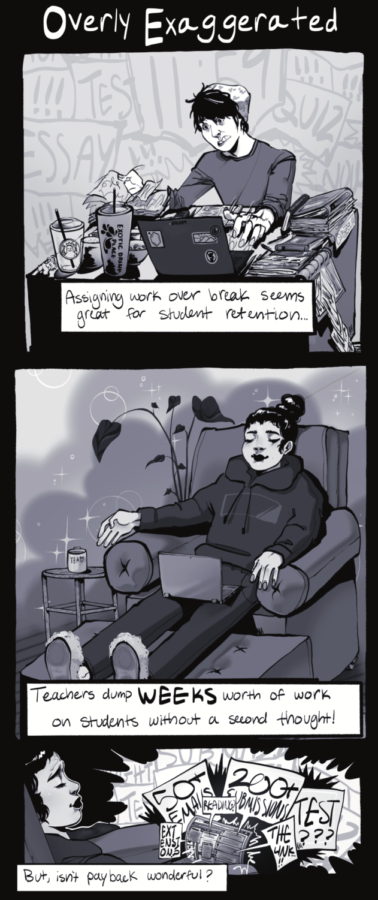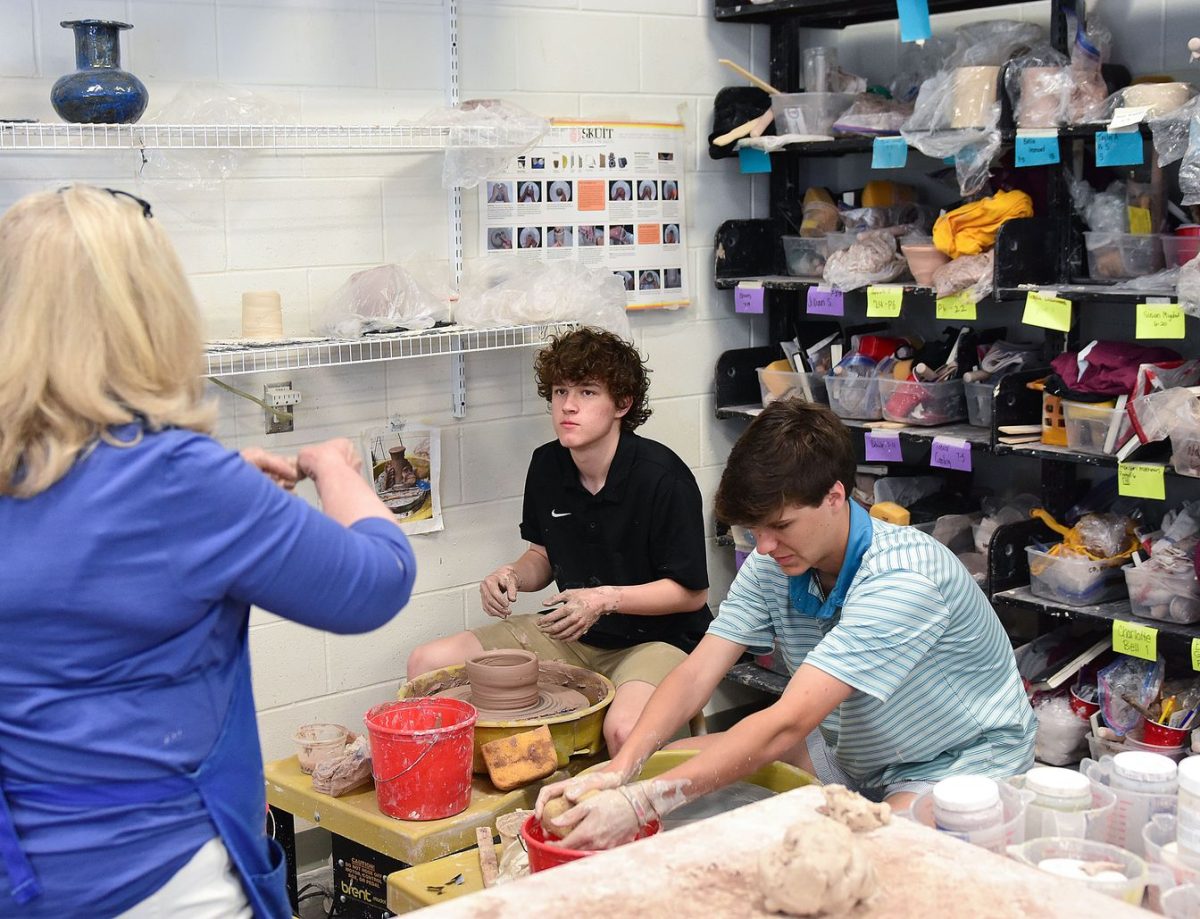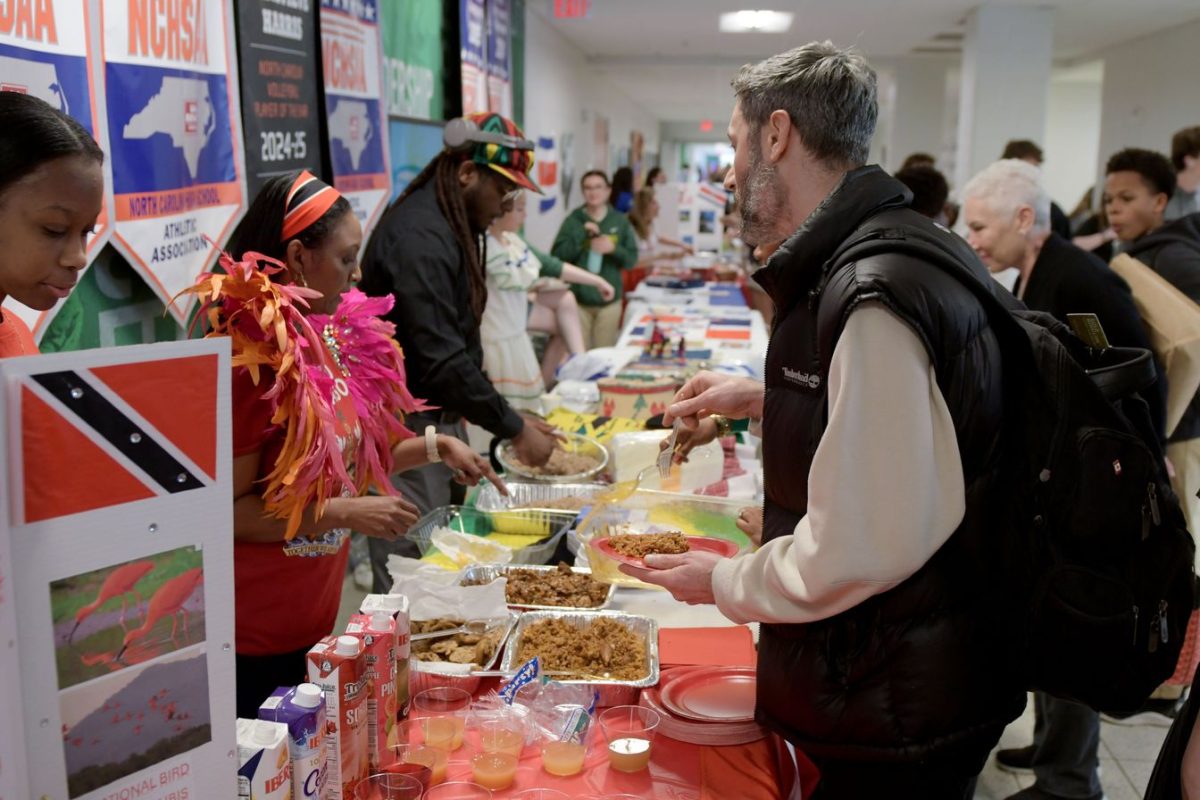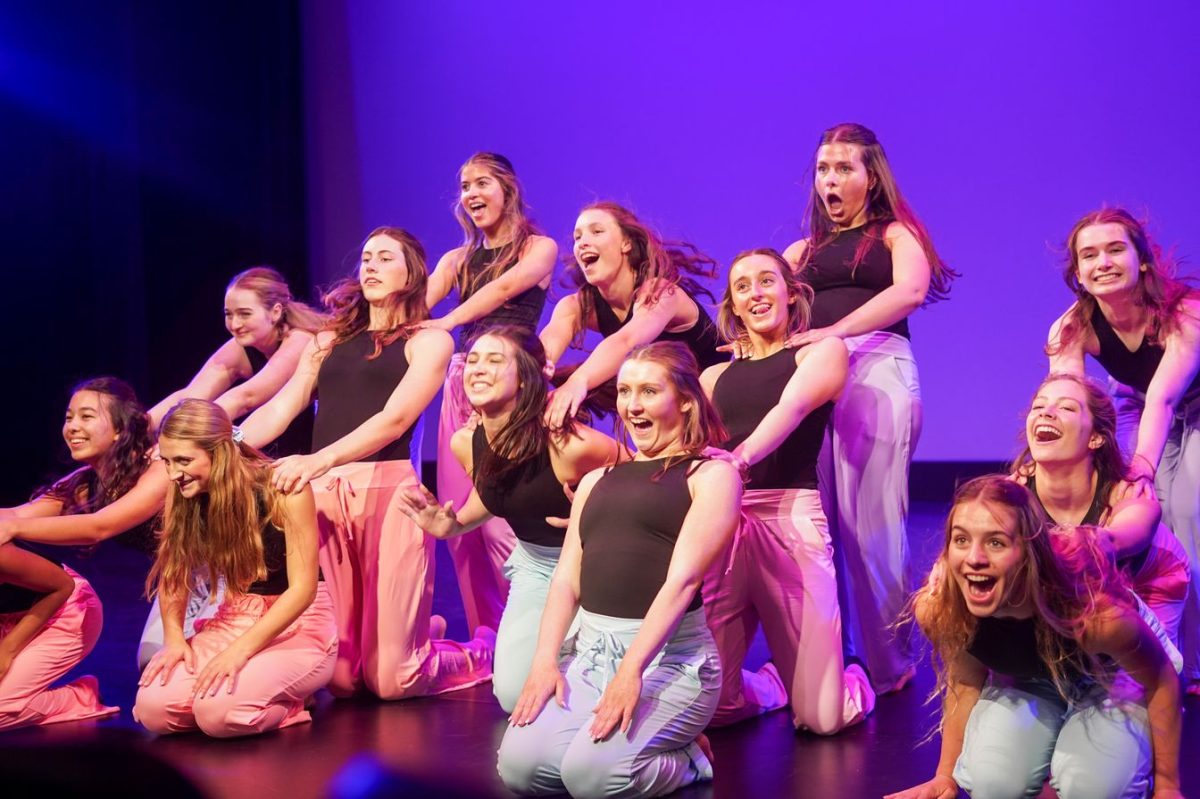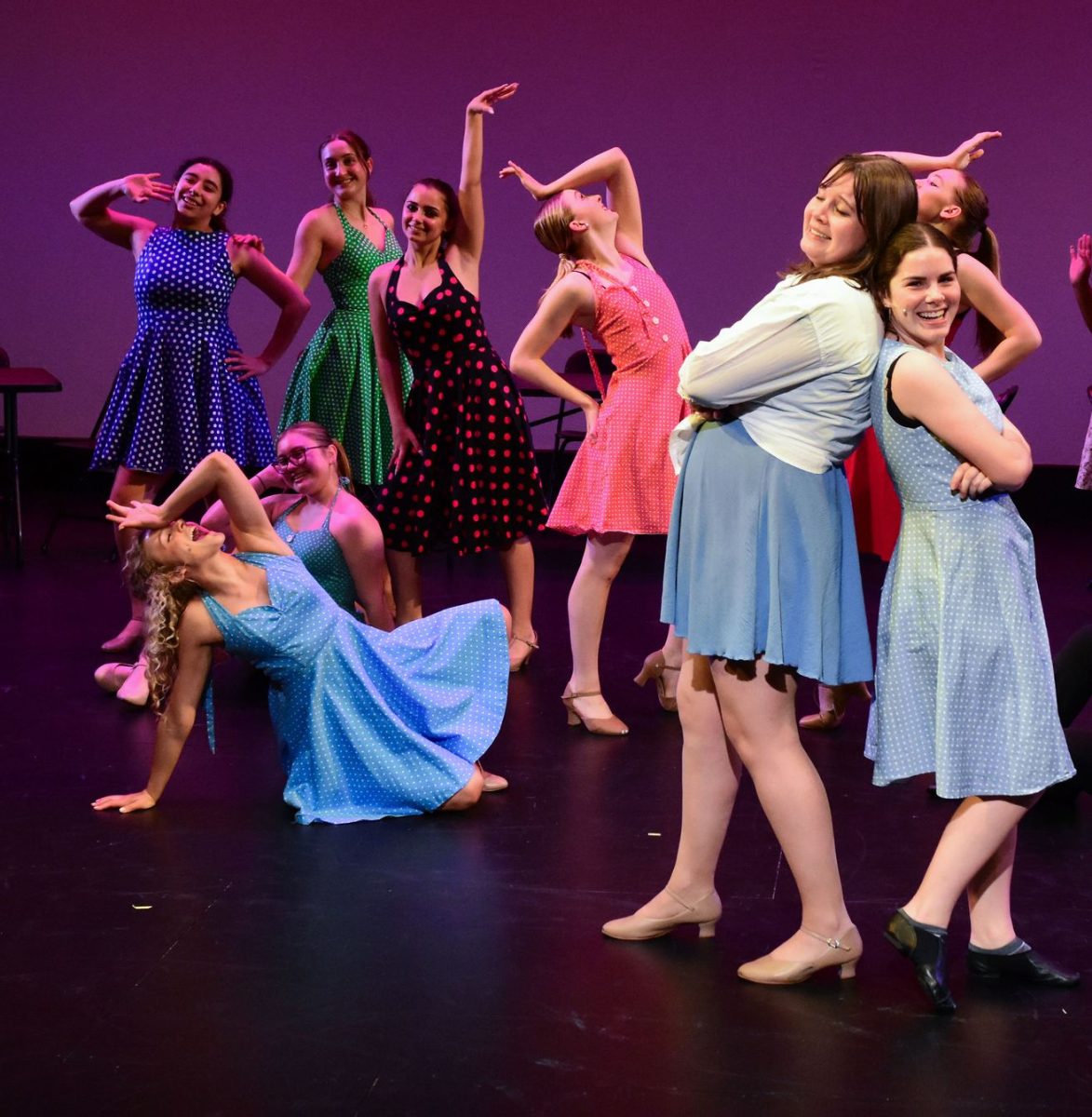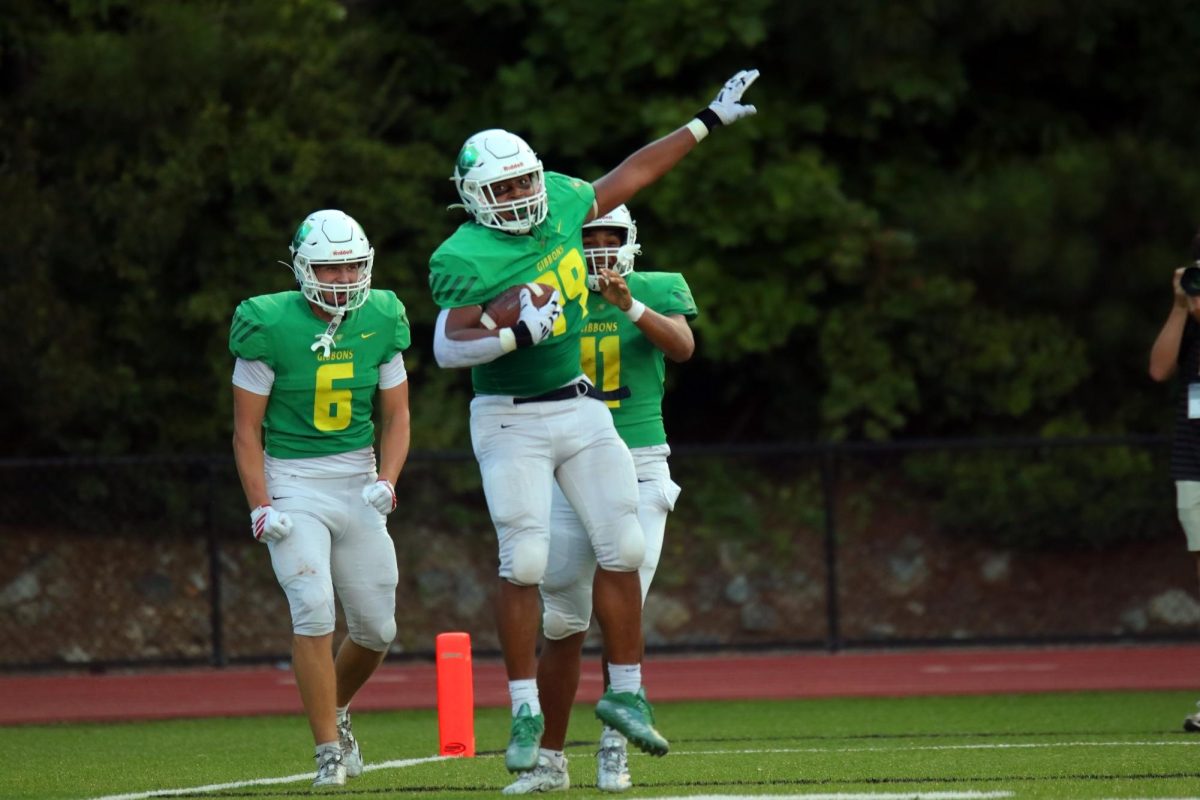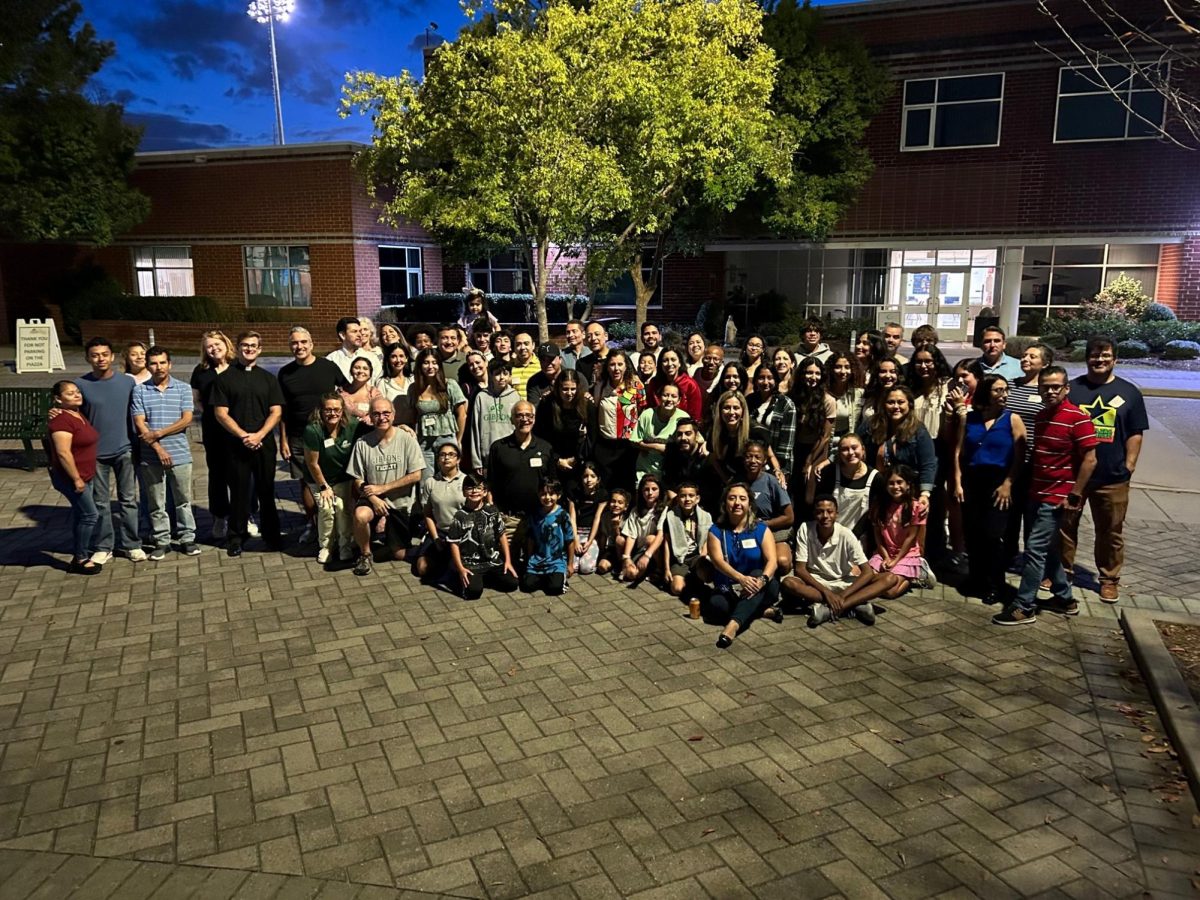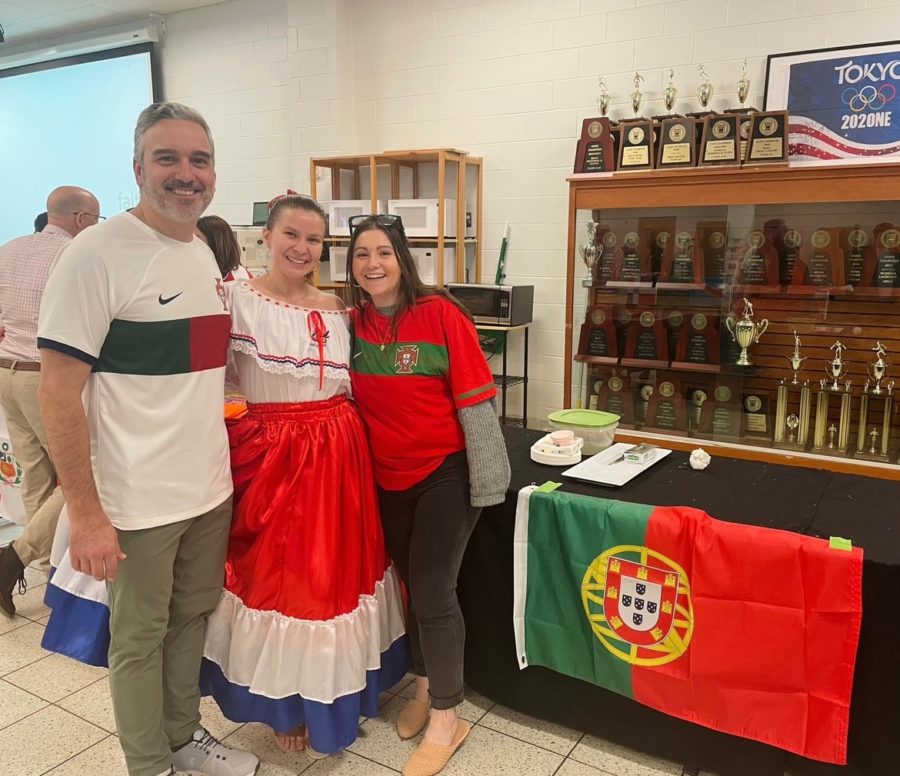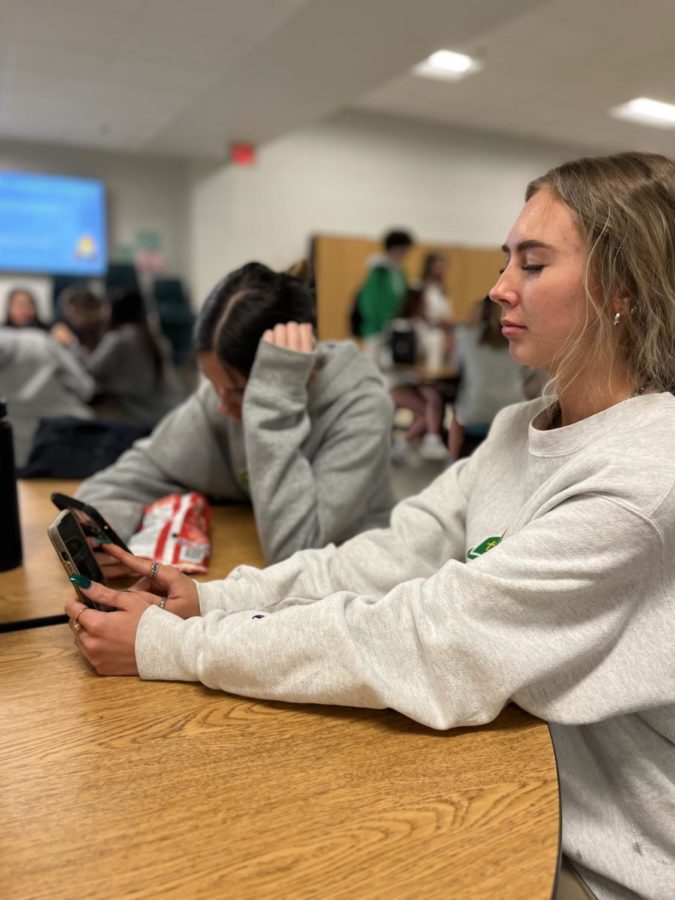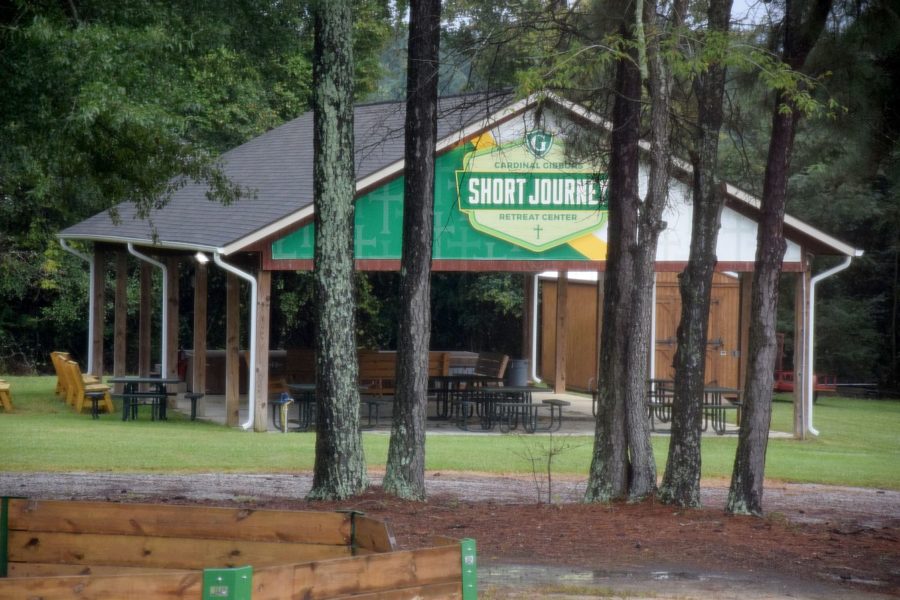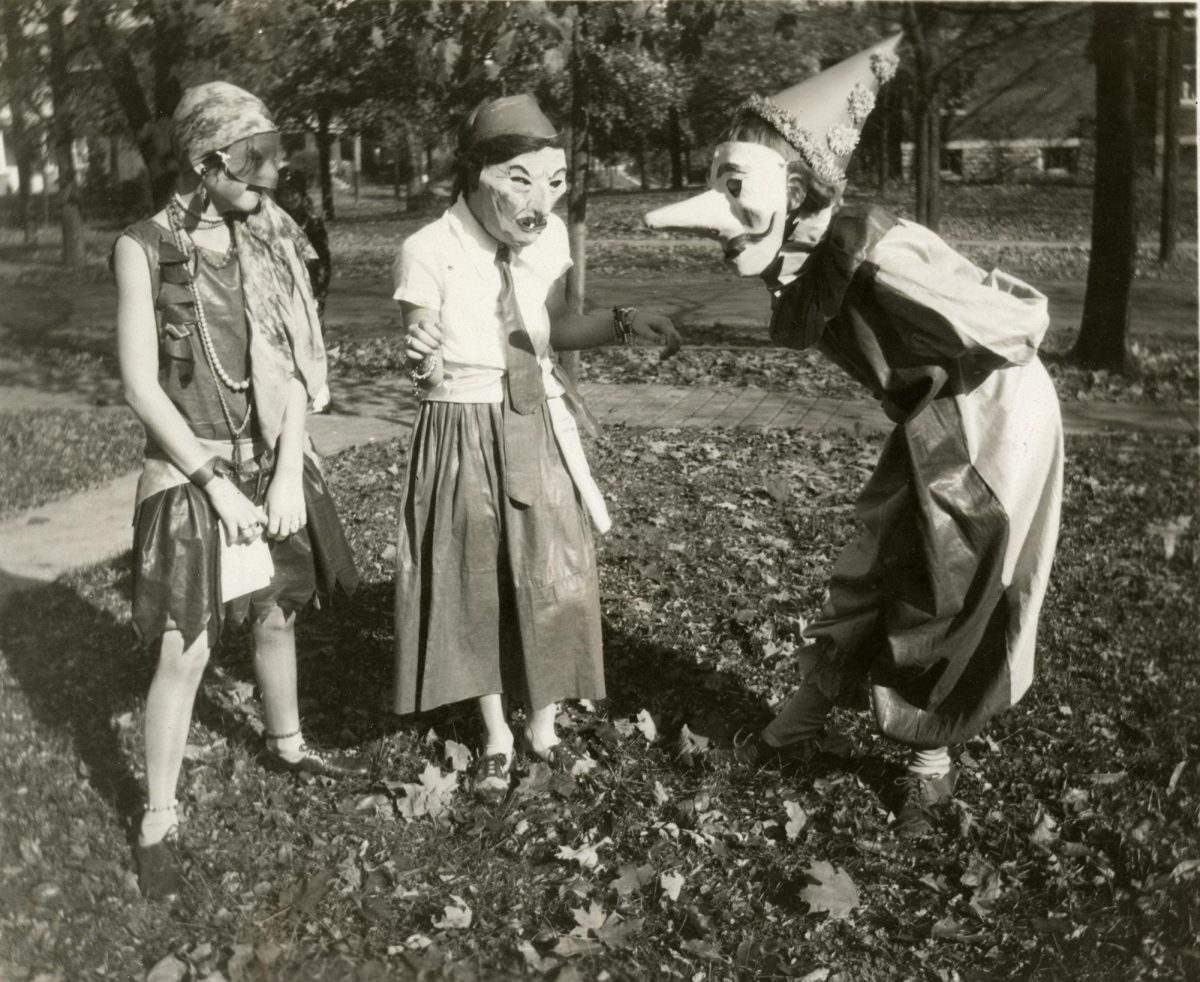Every year Halloween rolls around and we get to experience the sweet and scary aspects of the season. From going to visit pumpkin patches to getting frightened at haunted houses, there is something for everyone to enjoy during the spooky season.
But what is Halloween? Originally the Celtics celebrated the harvest season and the coming of the “dark half of the year.” This festival was called Samhain, it was the Celtic New Year. Thousands of years later, Pope Boniface IV created “All Saints Day.” This would be later known as, “All Hallows Day.” This date was set on May 13. About a century later, Pope Gregory III moved this date to what we are used to celebrating; November 1. This date was the chosen date, due to St. Peter’s Basilica in Rome being dedicated to the saints and that this was the date the basilica opened.
Over the span of a few millenniums, Halloween began to gain some popularity and tie into the traditions we know and love today. At first, the Celtics would have bonfires and wear costumes to ward off ghosts. These traditions started growing into carving pumpkins and wearing costumes for fun. The transition into modern-day Halloween really started with the Christians.
Since Halloween has pagan origins, the Christian Church tried to create a new holiday to upstage Halloween out of humanity’s reach. “All Saints’ Eve” was then created to let the Christians have a day to celebrate. Eventually this new founded holiday just turned into Halloween and meshed the two’s traditions together.
In the Medieval Ages, trick or treating emerged from the holiday. This started in countries like England and Ireland. The poor would seek the rich houses and go “souling.” The wealthier would hand out soul cakes in exchange for prayers of their loved ones. This also turned into the poor begging for food, money, etc. Souling was the first step into the trick or treating we associate Halloween with today.
Jack-o-lanterns were the next craze added to Halloween. People in Ireland and Scotland would carve vegetables on All Hallows Eve to ward off “Stingy Jack.” He is a famous Irish myth who is known to have tricked the devil, and is now forced to roam the earth with only a lit up turnip. People started carving vegetables to make Stingy Jack stay away from them and their homes.
The Irish roots of Halloween then traveled to America. During the Irish Potato Famine, the people who came to the United States shared all the traditions, especially the pranks. When the 1930s rolled around haunted houses were the new trend and in the 50s costumes became a regular thing. Throughout these years we start to notice a trend in Halloween traditions that shaped what we adore today.

